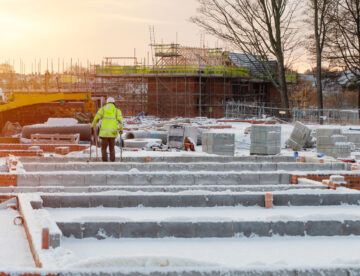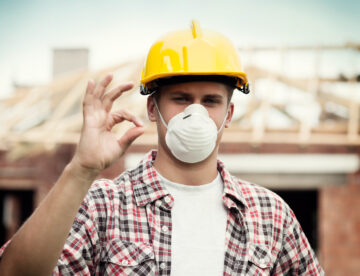
After a few chilly early mornings and, as we’re likely heading into the coldest months of the year, it’s time once again for the construction industry to brace itself against the full impact of winter.
Working outdoors in rain, snow, ice, fog or wind can be harsh, however there are practical solutions which can help ensure such work is carried out productively and that every site worker stays safe and healthy. Take just a few minutes out of your day to read this week’s blog, where we’re sharing three strategies for weatherproofing the construction site.

At the opening of COP28 this afternoon, the UN Climate Change Executive Secretary, Simon Stiell, gave a powerful speech, urging delegates to accelerate climate action. His stark message was: “If we do not signal the terminal decline of the fossil fuel era as we know it, we welcome our own terminal decline. And we choose to pay with people’s lives”.
With building operations and construction accounting for nearly 40% of global energy-related CO2 emissions, our industry clearly has to be part of that call to action. Read this week’s blog for what one industry expert says are the key points that the sector should be thinking about.

The John Lewis advert has hit the screens, supermarket shelves are starting to fill up with Christmas goodies and probably somewhere there’s a radio station already adding Mariah Carey into their playlist.
While the festive season brings joy to many, there is a darker side which sees some people falling into debt as they join in with the ‘spend, spend, spend’ ethos that will be pushed at us over weeks ahead. Businesses are not immune to this either and can, in fact, stumble into overspending habits at any time of the year. With this in mind, our blog this week focuses on some simple ideas for avoiding overspending.

